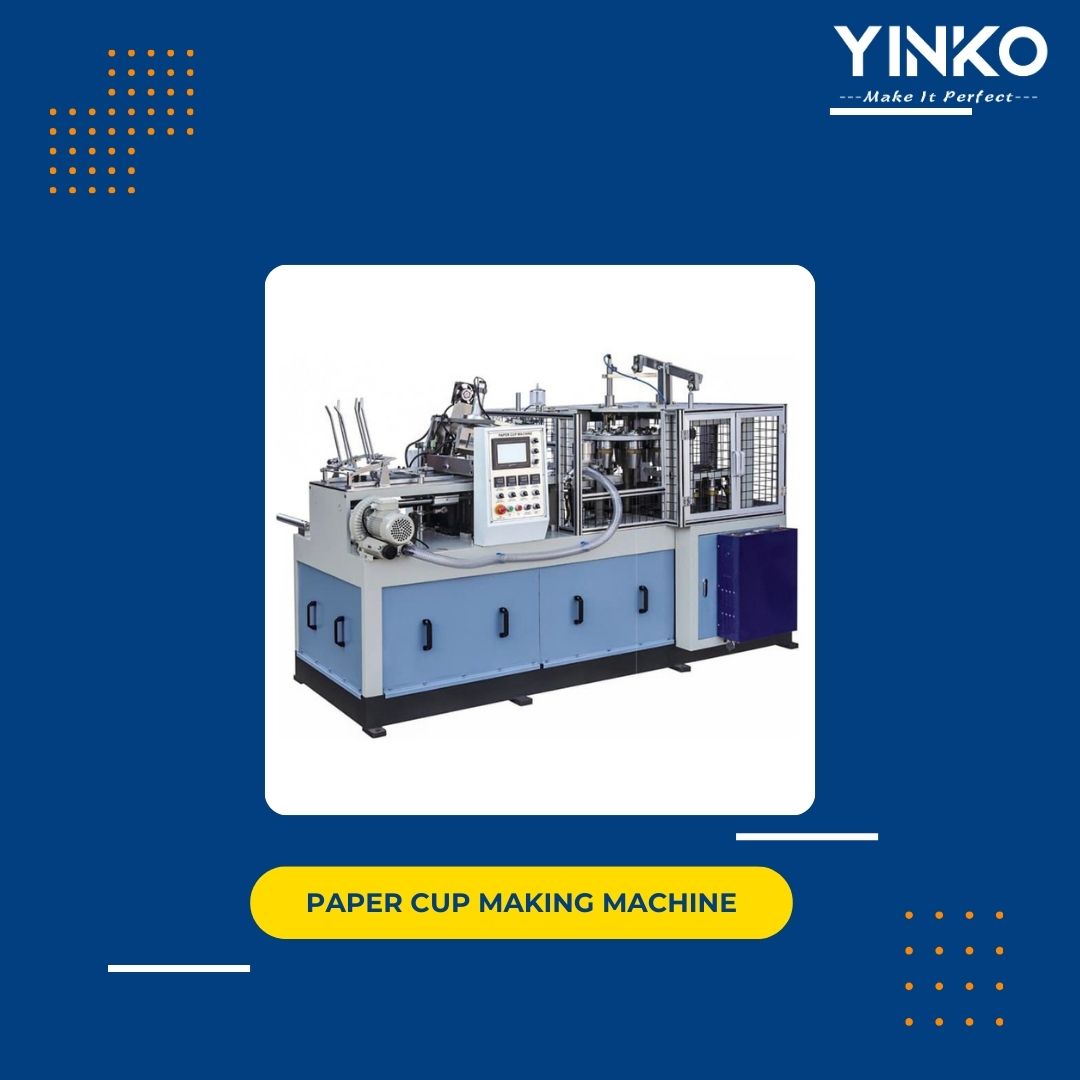 The Ultimate Guide to Paper Cup Machines: Find the Right Machine for Your Needs
The Ultimate Guide to Paper Cup Machines: Find the Right Machine for Your Needs
May 12, 2024
Paper cups are an integral part of our daily lives, especially in the food and beverage industry. From coffee shops and fast food chains to hospitals and event venues, the demand for disposable cups is skyrocketing. With an increasing emphasis on sustainability, paper cups have emerged as a more eco-friendly alternative to plastic. This shift has, in turn, spurred the need for efficient paper cup machines capable of meeting high production demands while adhering to environmental standards. This guide aims to provide a comprehensive overview of paper cup machines, helping you understand their technical specifications, applications, and future trends, so you can make an informed decision when investing in the right machine for your needs.
Technical Specifications of Paper Cup Machines
1.1 Understanding Machine Capacity
When selecting a paper cup machine, one of the first things to consider is its capacity. This refers to the machine's ability to produce a specific number of cups per minute (CPM). High-speed machines can produce anywhere from 60 to 100 cups per minute, making them ideal for large-scale operations. However, if you're running a smaller business or just starting, a machine with a lower CPM may suffice. Another important factor is the cup size range. Some machines are designed to handle a wide range of sizes, from small espresso cups to large soda cups, while others are more specialized. Understanding your specific production needs will help you determine the right capacity for your business. Additionally, it's important to consider power consumption. Machines with higher production rates typically consume more power, so balancing production efficiency with energy costs is crucial for long-term profitability.
1.2 Material Compatibility
The type of paper and coatings used in the production of paper cups can significantly affect the machine's performance. Most paper cup machines are designed to work with specific paper thicknesses, typically ranging from 150 to 400 grams per square meter (GSM). The thickness of the paper influences the rigidity and insulation properties of the cups, which are important considerations depending on the intended use. Coatings are another critical aspect, with Polyethylene (PE) being the most common for waterproofing and heat resistance. However, with growing environmental concerns, there's a shift towards biodegradable coatings like Polylactic Acid (PLA). It's essential to choose a machine that is compatible with the types of materials you plan to use. Additionally, if you require printed cups, consider the types of inks the machine can work with. Water-based inks are a popular eco-friendly option, but you must ensure your machine can handle these without compromising print quality.
1.3 Machine Dimensions and Weight
The physical dimensions and weight of a paper cup machine are important considerations, especially when space is limited. Most industrial paper cup machines are relatively large, requiring significant floor space. It's important to ensure that the machine's footprint fits comfortably within your production area, with enough room for operators to work safely and efficiently. Weight is another factor, particularly for installations where the machine needs to be moved frequently. Heavier machines offer more stability but can be challenging to transport or reposition. If portability is a priority, consider machines designed for easier movement, although this might come at the expense of production capacity or speed. When planning your setup, account for additional space for materials, maintenance access, and storage.
1.4 Automation Level
The level of automation in paper cup machines varies widely, from manual models that require constant operator intervention to fully automated systems that can run with minimal supervision. Manual machines are generally more affordable and are suitable for small-scale operations or businesses with tight budgets. However, they require more labor and can be less consistent in output. On the other hand, fully automated machines, while more expensive, offer significant advantages in terms of speed, consistency, and labor savings. They typically come with advanced control systems that allow for easy monitoring and adjustment of production parameters. Semi-automatic machines offer a compromise, providing some level of automation while still requiring human oversight. Understanding the level of automation that best suits your production needs is essential for maximizing efficiency and return on investment.
1.5 Maintenance Requirements
Regular maintenance is crucial to keep paper cup machines running smoothly and to avoid costly downtime. Each machine comes with its own set of maintenance requirements, ranging from daily cleaning tasks to periodic replacement of wear parts. Routine maintenance tasks typically include cleaning the paper feed system, lubricating moving parts, and inspecting for wear and tear. The availability of spare parts is another important consideration; machines from well-known manufacturers often have better support networks, making it easier to source replacement parts. Maintenance costs can add up over time, so it's important to factor these into your overall operating expenses. Some manufacturers offer maintenance contracts, which can provide peace of mind and potentially lower long-term costs by ensuring regular professional upkeep.
Applications of Paper Cup Machines
2.1 Food and Beverage Industry
The food and beverage industry is the primary market for paper cup machines. Restaurants, cafes, and coffee shops rely heavily on disposable cups for serving beverages like coffee, tea, and soft drinks. Paper cups offer a convenient and hygienic way to serve drinks on the go, and with the growing trend of custom branding, many businesses are opting for machines that can produce cups with personalized prints and logos. For event catering, the ability to produce large quantities of cups in a short time is essential. Events like festivals, concerts, and conferences require vast numbers of disposable cups, making high-capacity paper cup machines indispensable. Additionally, the integration of paper cups with vending machines has seen a rise in demand for specialized machines that can produce cups suitable for hot beverages, ensuring they maintain their structure and do not leak or degrade when filled with hot liquids.
2.2 Healthcare and Hospitals
In healthcare settings, paper cups are used extensively due to their disposable nature, which helps maintain hygiene and prevent cross-contamination. Hospitals and clinics often use paper cups for dispensing medications, serving water to patients, and in laboratories for sample collection. The demand for sterile, high-quality cups has led to the development of machines that can produce cups meeting the strict standards required in medical environments. These specialty cups often need to be produced in controlled environments to ensure they are free from contaminants. As such, machines used in healthcare settings are typically designed with additional features to ensure compliance with health regulations, such as automated cleaning systems and the use of sterile materials.
2.3 Retail and Wholesale Distribution
The retail sector also plays a significant role in the demand for paper cup machines. Many retail brands, particularly those in the food and beverage sector, opt for private labeling to differentiate their products. This has led to an increase in the demand for paper cup machines capable of producing custom-branded cups in bulk. Wholesale distributors also rely on high-capacity machines to meet the demands of large orders. For businesses involved in retail and distribution, the ability to produce a variety of cup sizes and designs is crucial, as it allows them to cater to different market segments. Moreover, the rise of e-commerce has opened up new opportunities for retail brands to offer personalized products, further driving the need for versatile paper cup machines.
2.4 Environmental Applications
As the world becomes more conscious of environmental issues, the demand for eco-friendly paper cups has increased. Paper cup machines that produce biodegradable or compostable cups are now at the forefront of the industry. These machines are designed to work with environmentally friendly materials such as PLA coatings, which are derived from renewable resources like corn starch and are fully compostable. In addition to producing cups, some machines are integrated with recycling programs, allowing businesses to recycle used cups and reduce waste. This not only helps companies meet their sustainability goals but also appeals to environmentally conscious consumers who prefer brands that prioritize eco-friendly practices. The environmental applications of paper cup machines are not just a trend but a growing necessity in an industry moving towards a more sustainable future.
Benefits of Paper Cup Machines
3.1 Environmental Impact
One of the most significant benefits of paper cup machines is their positive impact on the environment compared to plastic alternatives. Paper cups, especially those made from recycled or sustainably sourced paper, decompose much faster than plastic cups, reducing the burden on landfills. The shift towards biodegradable and compostable paper cups further enhances this environmental benefit. By using paper cup machines, businesses can contribute to reducing plastic waste, which is a major concern globally. Moreover, producing paper cups locally using these machines can reduce the carbon footprint associated with transporting cups from manufacturers to end-users. Sustainability certifications, such as those from the Forest Stewardship Council (FSC), further validate the environmental credentials of paper cup production, making it easier for companies to demonstrate their commitment to sustainability.
3.2 Cost Efficiency
In addition to environmental benefits, paper cup machines offer significant cost advantages. While the initial investment in a machine can be substantial, the long-term savings in production costs are considerable. Producing cups in-house eliminates the need to purchase pre-made cups, which can be more expensive, especially when factoring in shipping costs. Energy-efficient machines further contribute to cost savings by reducing electricity consumption. The automation provided by modern paper cup machines also leads to labor savings, as fewer operators are needed to run the machine compared to manual production methods. Additionally, by producing cups on-demand, businesses can better manage their inventory, reducing waste and the costs associated with storing large quantities of pre-made cups.
3.3 Customization Capabilities
Another major benefit of paper cup machines is their ability to produce customized cups.
Branding is crucial in today's competitive market, and custom-printed paper cups offer a unique opportunity for businesses to reinforce their brand identity. With the right machine, companies can produce cups with their logos, slogans, and even seasonal designs, helping to create a memorable customer experience. The flexibility to switch between different cup sizes and designs also allows businesses to cater to a broader range of customer preferences. Customized cups can also enhance consumer perception, as they are often associated with higher quality and professionalism. For businesses looking to differentiate themselves in a crowded market, the ability to produce branded paper cups in-house is a valuable asset.
Latest Innovations in Paper Cup Machines
4.1 Advanced Automation Technologies
The latest paper cup machines are increasingly incorporating advanced automation technologies to improve efficiency and reduce waste. One of the most significant advancements is the integration of artificial intelligence (AI), which allows machines to optimize production processes in real-time. AI can help reduce material waste by adjusting settings based on the quality of the input materials, ensuring consistent output without human intervention. Smart sensors are another innovation that enhances machine efficiency by monitoring various parameters, such as temperature and pressure, and making adjustments as needed. These sensors can also detect potential issues before they lead to breakdowns, reducing downtime and maintenance costs. Remote monitoring systems are becoming more common, allowing operators to track machine performance and make adjustments from anywhere with an internet connection. This not only improves efficiency but also provides greater flexibility in managing production.
4.2 New Material Technologies
Innovations in material technologies are also driving changes in the paper cup industry. One of the most promising developments is the use of bio-based coatings, such as PLA, which offer a more sustainable alternative to traditional PE coatings. PLA is made from renewable resources and is fully compostable, making it an attractive option for environmentally conscious consumers. Additionally, there has been a growing interest in using recycled paper for cup production, which further reduces the environmental impact. New ink and printing technologies are also being developed to work with these sustainable materials. For example, water-based inks, which are less harmful to the environment, are becoming more widely used. These innovations not only enhance the sustainability of paper cups but also open up new opportunities for businesses to differentiate themselves by offering eco-friendly products.
4.3 Energy-Efficient Models
As energy costs continue to rise, the demand for energy-efficient paper cup machines has grown. Manufacturers are responding by developing models that consume less power without compromising on performance. Some of these machines are designed with low-power consumption motors and energy-efficient heating systems that reduce the overall energy usage during production. Solar-powered paper cup machines are another exciting innovation, offering a way to produce cups with minimal environmental impact. These machines use solar panels to generate the electricity needed for production, making them an ideal choice for businesses looking to reduce their carbon footprint. Additionally, some machines are equipped with heat recovery systems that capture and reuse the heat generated during production, further enhancing energy efficiency and reducing operational costs.
Future Prospects of Paper Cup Machines
5.1 Market Trends and Growth Projections
The global demand for paper cups is expected to continue growing, driven by increasing environmental awareness and government regulations aimed at reducing plastic waste. As more consumers shift towards eco-friendly products, the market for paper cup machines is also expected to expand. Growth is particularly strong in regions with stringent environmental regulations, such as Europe and North America, where businesses are increasingly required to use sustainable packaging. Emerging markets in Asia and Africa are also seeing significant growth, driven by rising incomes and the expansion of the food and beverage industry. Consumer behavior is another key driver, with more people willing to pay a premium for sustainable products. This trend is expected to continue, with projections indicating steady growth in demand for paper cups and the machines that produce them.
5.2 Regulatory Changes and Impacts
Government regulations play a crucial role in shaping the paper cup industry. In many regions, regulations are becoming stricter, with bans on single-use plastics and mandates for sustainable packaging. These changes are driving innovation in the paper cup machine industry, as manufacturers develop new technologies and materials to meet regulatory requirements. For example, the European Union's Single-Use Plastics Directive has led to a surge in demand for biodegradable and compostable paper cups. In response, manufacturers are focusing on developing machines that can produce cups meeting these new standards. Sustainability standards, such as those from the FSC and the Programme for the Endorsement of Forest Certification (PEFC), are also influencing machine design and operation, as businesses seek to comply with these certifications. As regulations continue to evolve, staying ahead of these changes will be crucial for businesses in the paper cup industry.
5.3 Innovations on the Horizon
Looking to the future, several exciting innovations are on the horizon for the paper cup industry. One of the most promising is the potential for 3D printing in paper cup production. This technology could revolutionize the industry by allowing for highly customized designs and reducing material waste. Nanotechnology is another area of interest, with the potential to create more durable and heat-resistant coatings for paper cups. This could lead to the development of cups that are even more environmentally friendly while maintaining the necessary functionality for hot beverages. The move towards a circular economy is also expected to drive innovation, with more emphasis on recycling and reusing materials. Future paper cup machines may be designed with these principles in mind, allowing for the production of cups that are not only sustainable but also fully integrated into a closed-loop system.
Comparative Analysis: Paper Cup Machines vs. Alternatives
6.1 Paper Cups vs. Plastic Cups
When comparing paper cups to plastic cups, the most significant difference lies in their environmental impact. Plastic cups are notorious for their contribution to global plastic pollution, taking hundreds of years to decompose. In contrast, paper cups, especially those made from recycled or sustainably sourced paper, decompose much faster, reducing their impact on landfills. However, it's important to note that not all paper cups are created equal. Those with plastic coatings can be more challenging to recycle, although they still represent a better option than fully plastic cups. In terms of cost, plastic cups are often cheaper to produce, but this advantage is diminishing as environmental regulations and consumer preferences shift towards more sustainable options. Additionally, consumer perceptions play a significant role in this comparison, with many people now viewing paper cups as the more responsible choice.
6.2 Paper Cups vs. Reusable Cups
The debate between single-use paper cups and reusable cups is ongoing, with valid arguments on both sides. Reusable cups, made from materials like stainless steel or glass, offer the obvious advantage of reducing waste. However, they also require energy and resources to produce, and they need to be washed after each use, which consumes water and electricity. For businesses, the choice between offering paper or reusable cups often comes down to the specific context. For example, paper cups may be more practical for events or fast food outlets where convenience and hygiene are top priorities. On the other hand, reusable cups might be a better option for sit-down restaurants or cafes where customers are encouraged to reduce waste. It's also worth considering the lifecycle costs of reusable cups, which can be higher than paper cups when factoring in the costs of cleaning and potential breakage.
6.3 Paper Cups vs. Other Biodegradable Alternatives
In addition to paper cups, several other biodegradable materials are being used to produce disposable cups, including bamboo, corn starch, and sugarcane. These materials offer the advantage of being fully biodegradable and often compostable, making them an attractive option for environmentally conscious consumers. However, they also come with their own set of challenges. For example, bamboo cups can be more expensive to produce, and they may not be as widely accepted in the market as paper cups. Corn starch and sugarcane cups are often used in regions with access to industrial composting facilities, as they require specific conditions to break down effectively. When compared to paper cups, these alternatives can offer similar environmental benefits but may involve higher production costs or limited availability. For businesses looking to adopt biodegradable alternatives, it's important to consider the full lifecycle of the product and the infrastructure available for disposal.
User Guide to Operating Paper Cup Machines
7.1 Setup and Installation
Setting up a paper cup machine requires careful planning and preparation. The first step is to ensure that the production site meets all the necessary requirements, including adequate space, power supply, and ventilation. Most machines will need a dedicated area with stable flooring to support the weight of the equipment. The installation process typically involves positioning the machine, connecting it to the power source, and calibrating the settings according to the manufacturer's instructions. It's essential to follow the installation steps carefully to avoid any issues during operation. Initial calibration is crucial to ensure that the machine is producing cups of the correct size and quality. This may involve adjusting the paper feed, heating elements, and cutting mechanisms. Once the machine is set up and calibrated, it's ready to start production, but it's important to monitor the first few production runs closely to ensure everything is functioning correctly.
7.2 Daily Operation and Workflow
Operating a paper cup machine involves several daily tasks to ensure smooth production. The day typically starts with powering up the machine and checking that all systems are functioning correctly. This includes inspecting the paper feed, checking the ink levels (if printing is involved), and ensuring that the heating elements are at the correct temperature. During production, it's important to monitor the machine continuously, watching for any signs of malfunction or quality issues. This might involve checking the alignment of the paper, the consistency of the prints, and the structural integrity of the cups. Quality control is an ongoing process, with operators regularly inspecting the finished products to ensure they meet the required standards. If any issues are detected, the machine settings may need to be adjusted, or the machine may need to be stopped temporarily to address the problem.
7.3 Troubleshooting Common Issues
Even with the best maintenance practices, paper cup machines can encounter issues that disrupt production. One of the most common problems is machine jams, which can occur if the paper feed is misaligned or if there is a blockage in the cutting mechanism. To clear a jam, the machine must be stopped, and the obstruction carefully removed. It's important to address the root cause of the jam to prevent it from recurring. Ink and printing problems are another common issue, particularly if the machine is not properly calibrated. Poor print quality, misalignment, or smudging can all impact the appearance of the final product. These issues can often be resolved by adjusting the print settings or replacing the ink cartridges. Paper feed errors, such as misfeeds or double feeds, can also occur and may require adjustments to the paper tension or feed rollers. Regular troubleshooting and maintenance are key to minimizing downtime and ensuring consistent production.
7.4 Regular Maintenance and Care
Regular maintenance is essential to keep paper cup machines running efficiently and to extend their lifespan. Daily cleaning is one of the most important maintenance tasks, as it helps prevent contamination and buildup of materials that can affect machine performance. This typically involves cleaning the paper feed, cutting blades, and heating elements. Lubrication is another critical task, as it ensures that all moving parts operate smoothly and reduces wear and tear. Depending on the machine, certain parts may need to be replaced periodically, such as cutting blades, seals, or heating elements. Keeping a maintenance schedule helps ensure that these tasks are performed on time and reduces the risk of unexpected breakdowns. Many manufacturers provide detailed maintenance guides, and following these recommendations can help prevent common issues and keep the machine in optimal condition.
Conclusion
Paper cup machines are an essential tool for businesses in the food and beverage, healthcare, and retail industries, offering a sustainable alternative to plastic cups. By understanding the technical specifications, applications, benefits, challenges, and future trends associated with these machines, businesses can make informed decisions that align with their production needs and environmental goals. Whether you're looking to start a new business or expand an existing operation, choosing the right paper cup machine is crucial for success. With the right machine, you can produce high-quality, customized paper cups that meet the demands of your customers while minimizing your environmental impact. As the industry continues to evolve, staying informed about the latest innovations and trends will help you stay competitive and achieve long-term success.
If you have any request for a paper cup machine, please feel free to contact us to get a support.
Read More

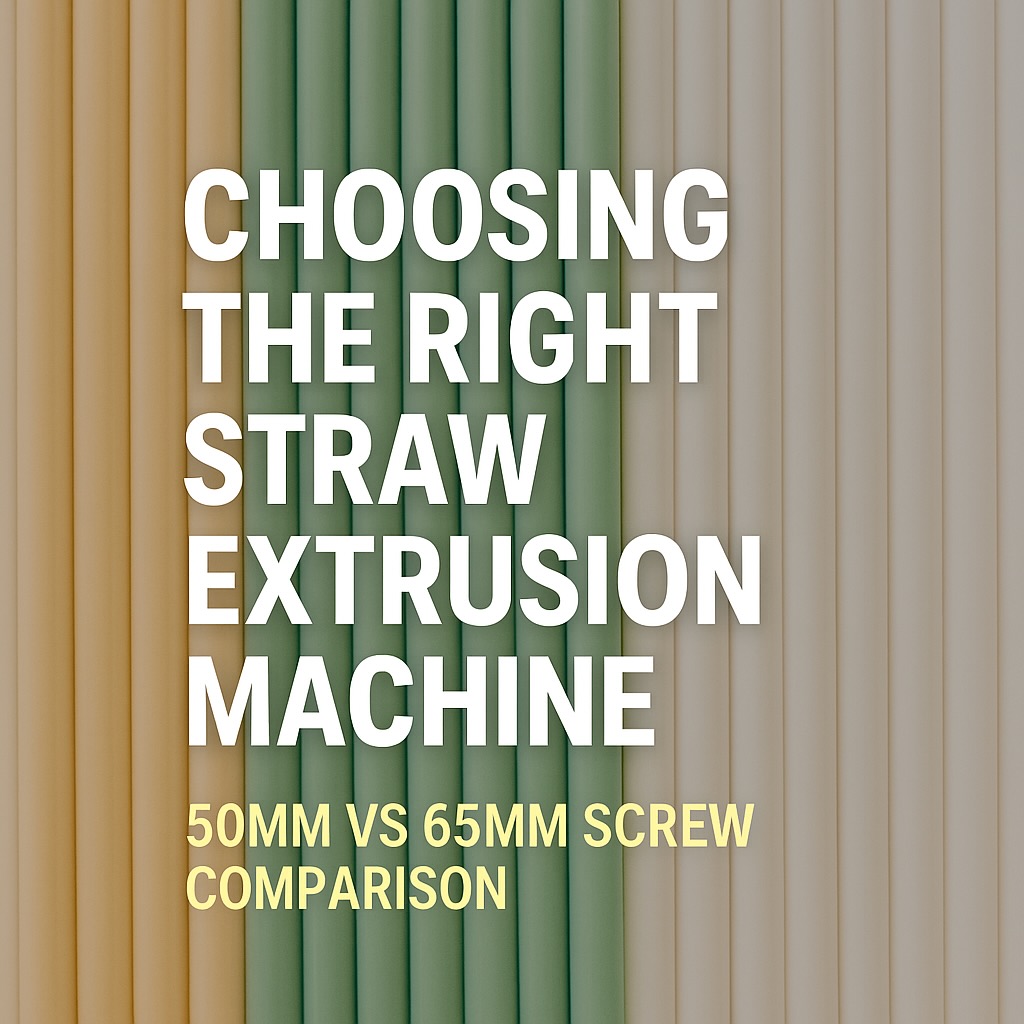 Choosing the Right Straw Extrusion Machine: 50mm vs 65mm Screw Comparison
Choosing the Right Straw Extrusion Machine: 50mm vs 65mm Screw Comparison
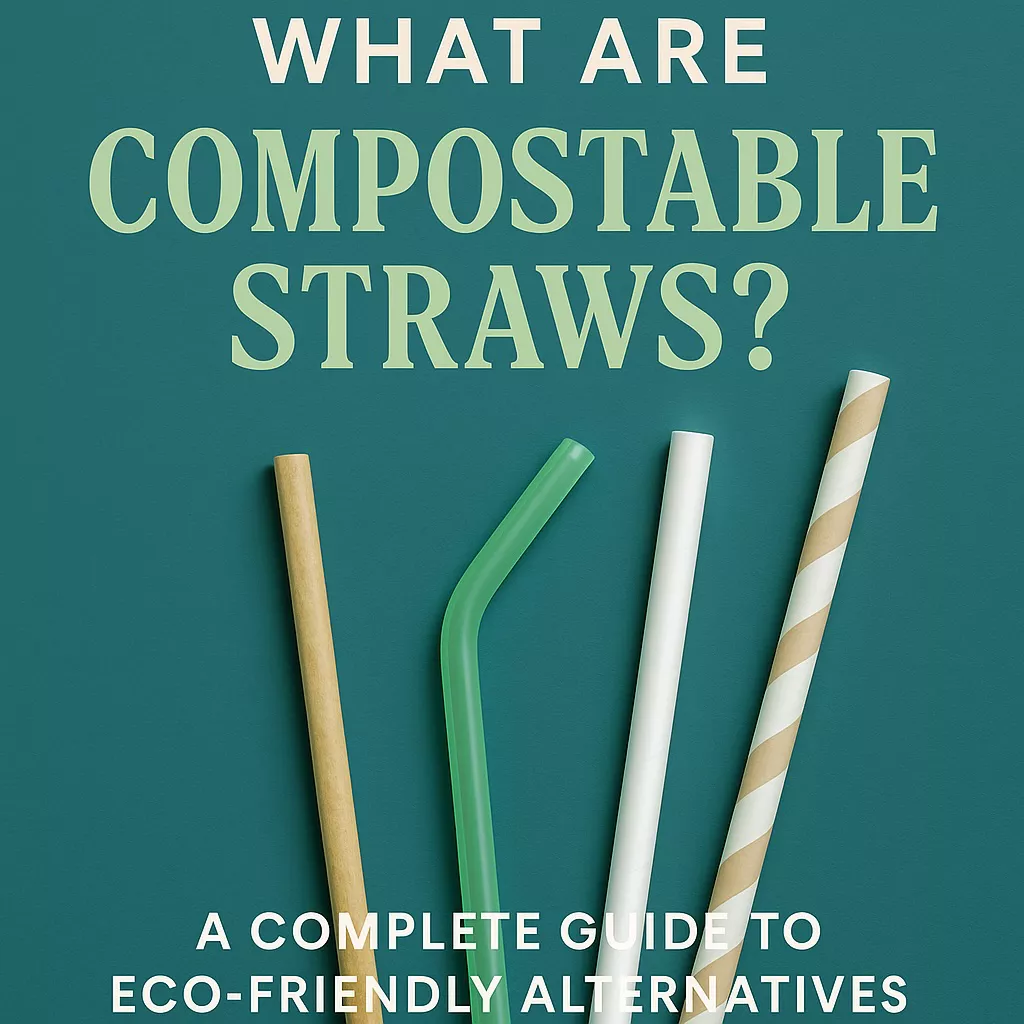 Compostable Straws Explained: Materials, Types, and Eco Benefits
Compostable Straws Explained: Materials, Types, and Eco Benefits
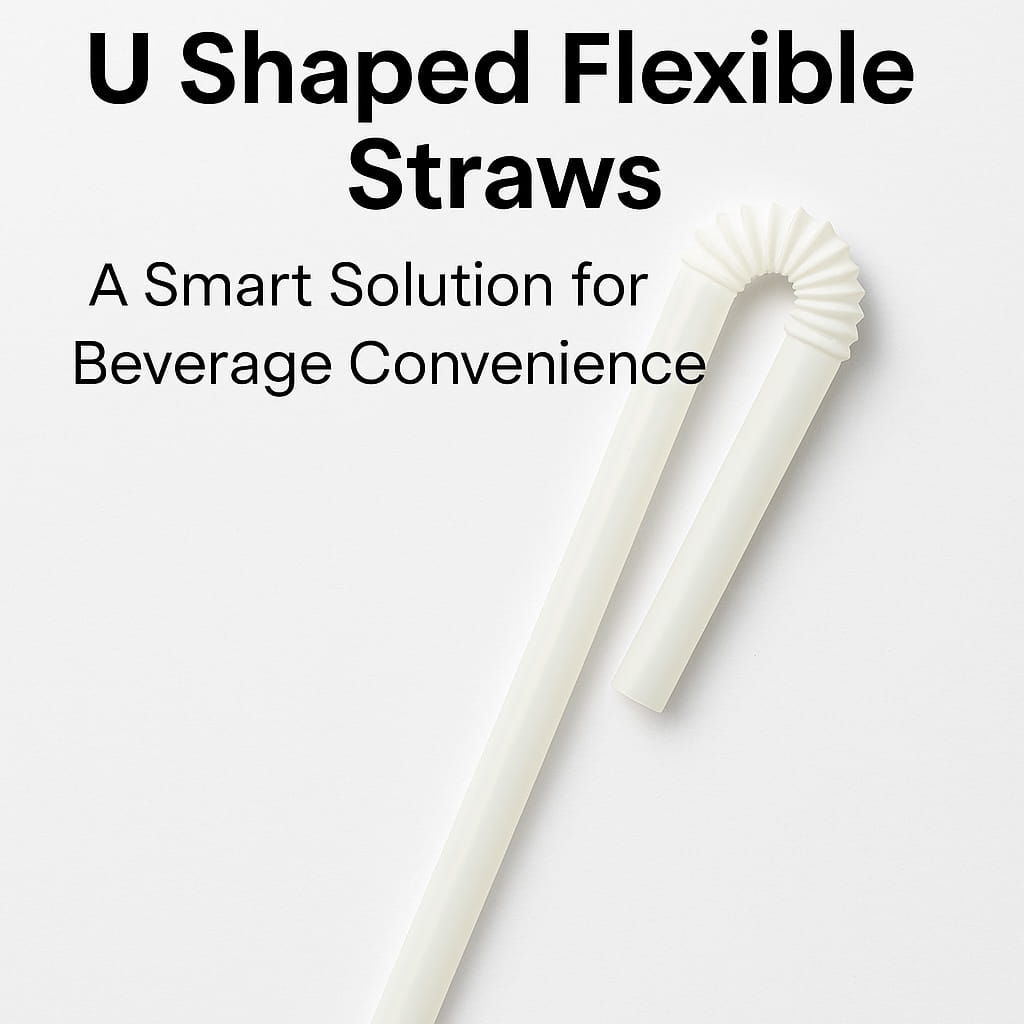 U Shaped Flexible Straws: A Smart Solution for Beverage Convenience
U Shaped Flexible Straws: A Smart Solution for Beverage Convenience
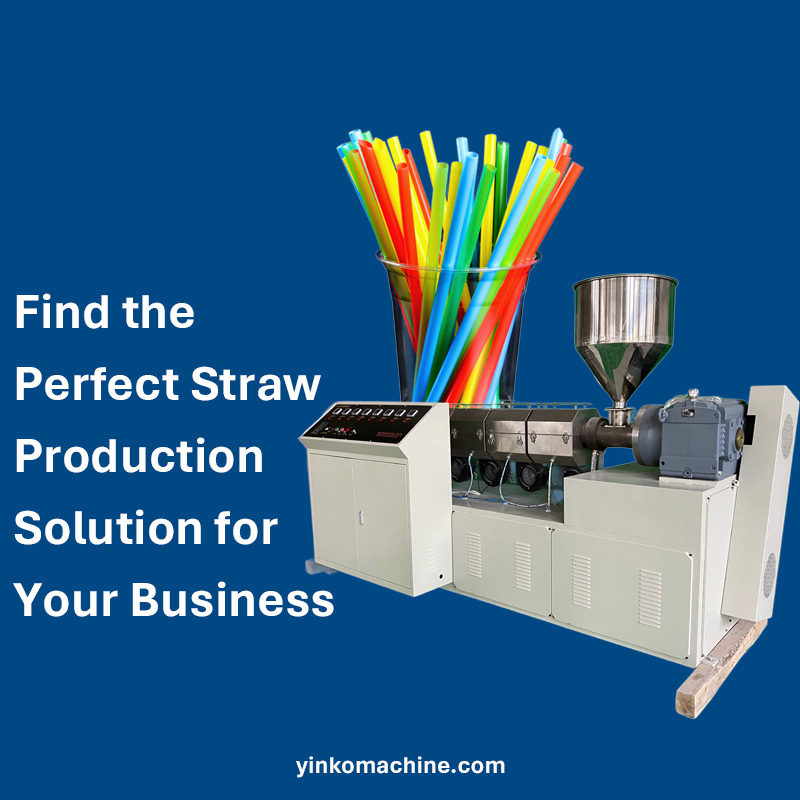 How to Choose the Right Straw Production Equipment for Your Business
How to Choose the Right Straw Production Equipment for Your Business
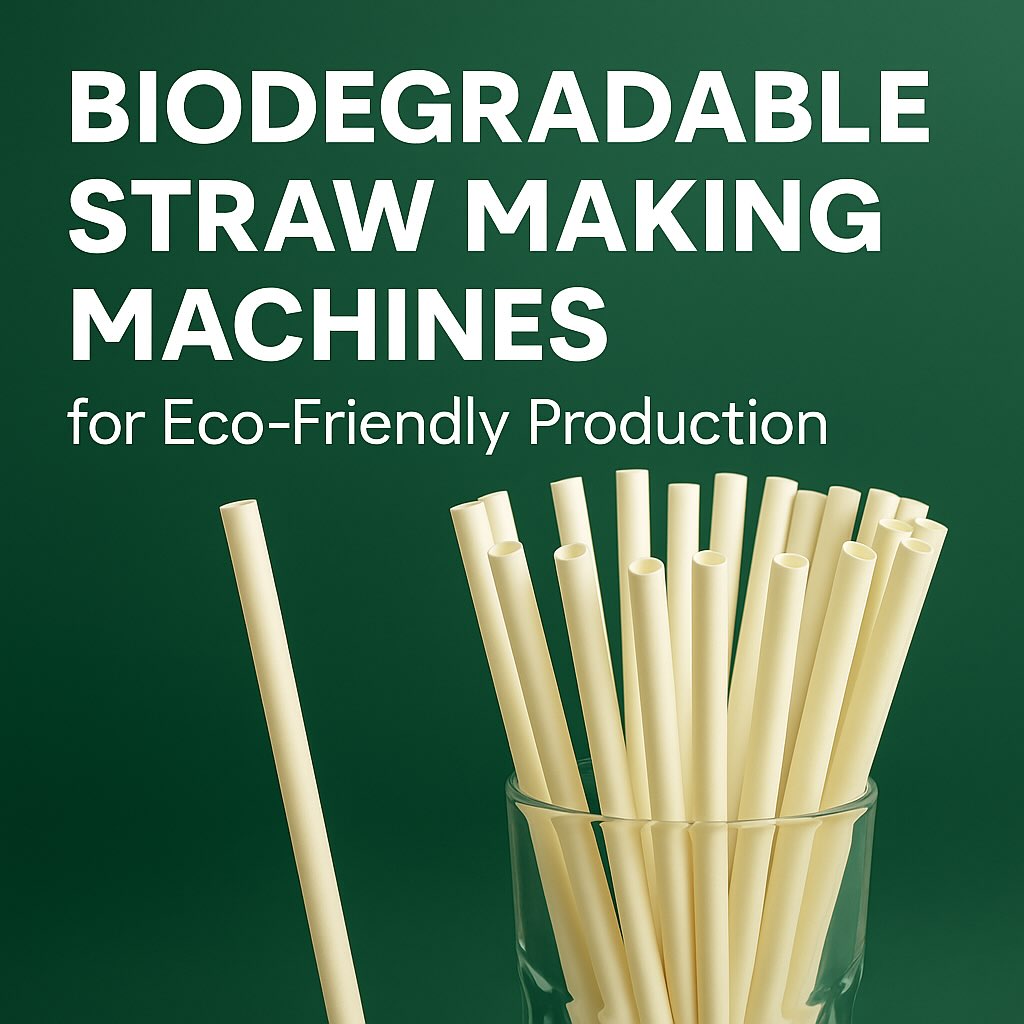 Biodegradable Straw Making Machines for Eco-Friendly Production
Biodegradable Straw Making Machines for Eco-Friendly Production
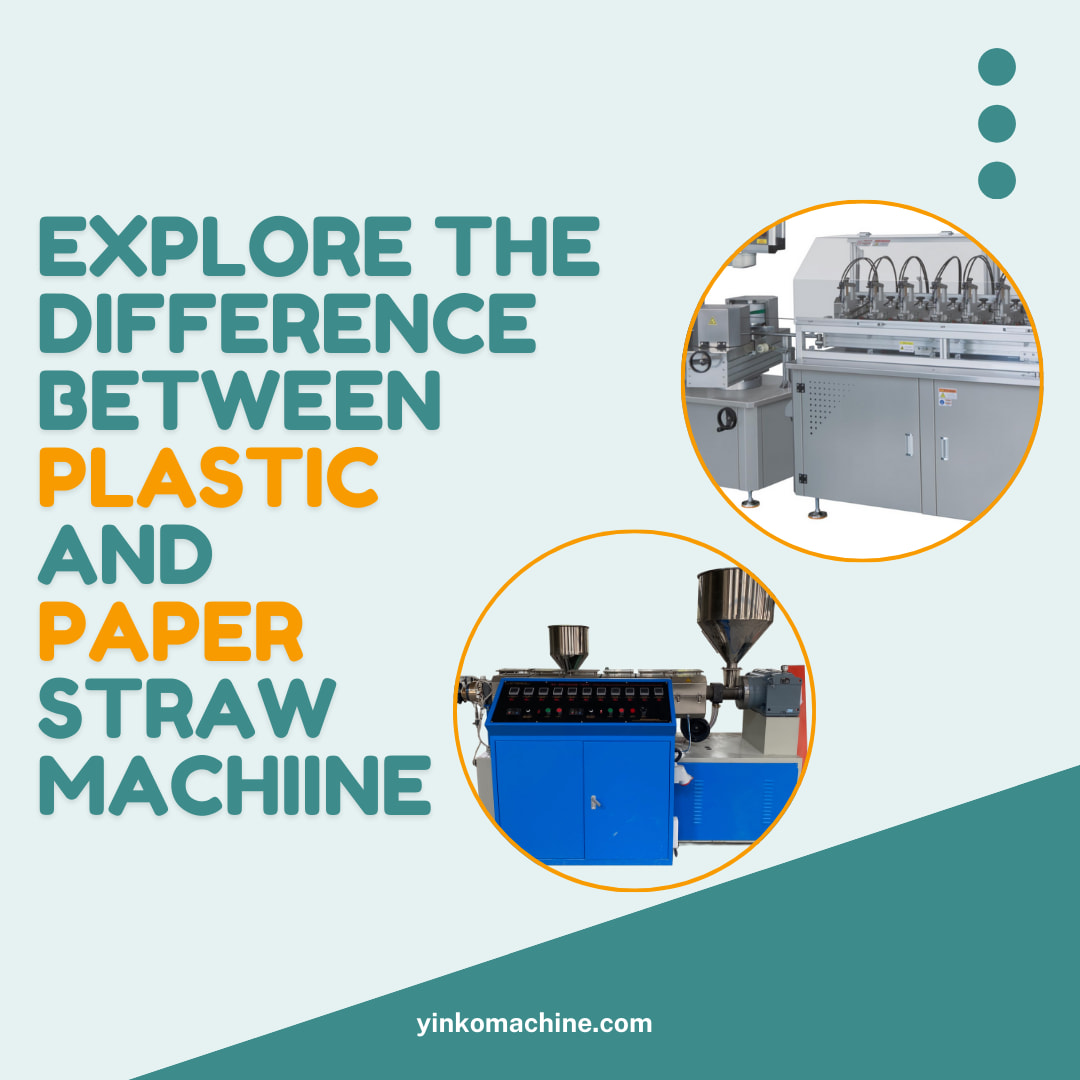 What Is the Difference Between Plastic and Paper Straw Making Machines?
What Is the Difference Between Plastic and Paper Straw Making Machines?
 The Ultimate Guide to Paper Cup Machines: Find the Right Machine for Your Needs
The Ultimate Guide to Paper Cup Machines: Find the Right Machine for Your Needs
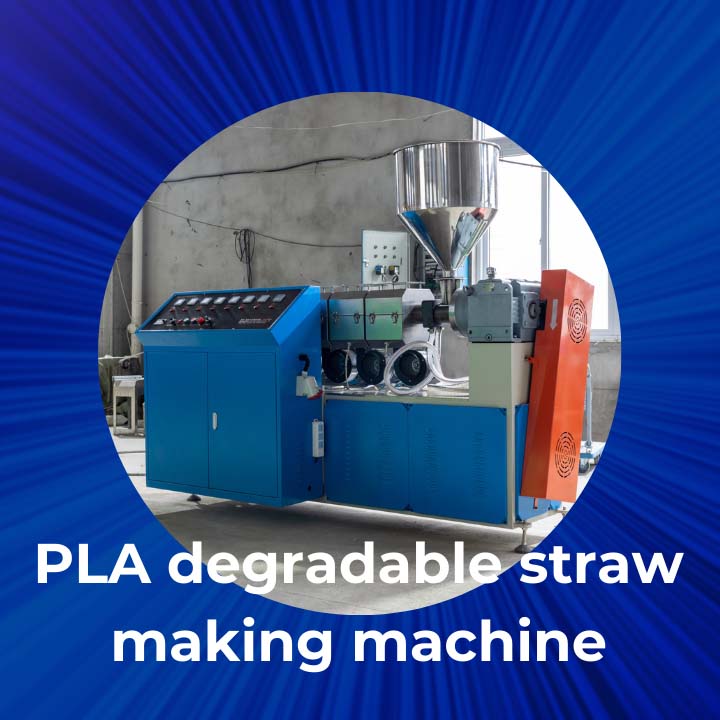 PLA biodegradable straw making machine - A detailed introduction
PLA biodegradable straw making machine - A detailed introduction
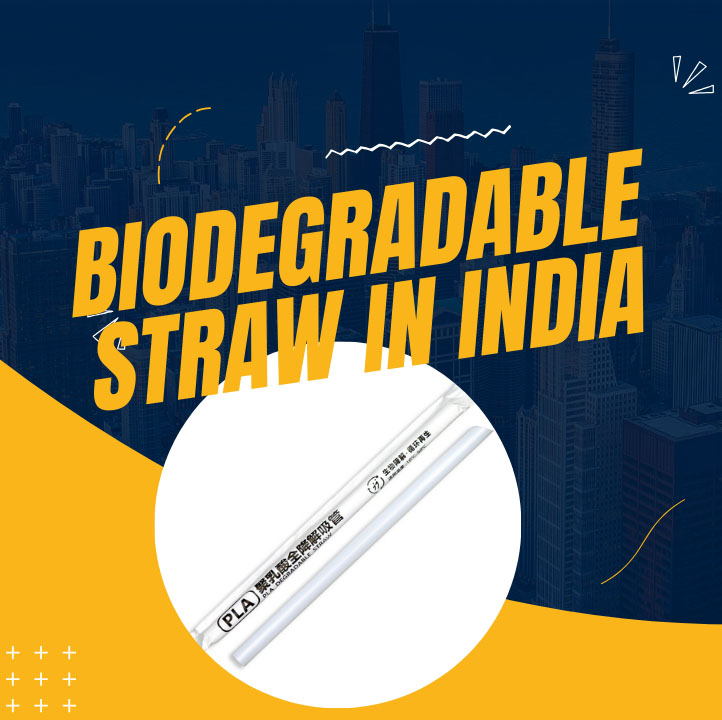 The Future Trends of Biodegradable Straw Industry in India: Navigating Environmental Regulations
The Future Trends of Biodegradable Straw Industry in India: Navigating Environmental Regulations
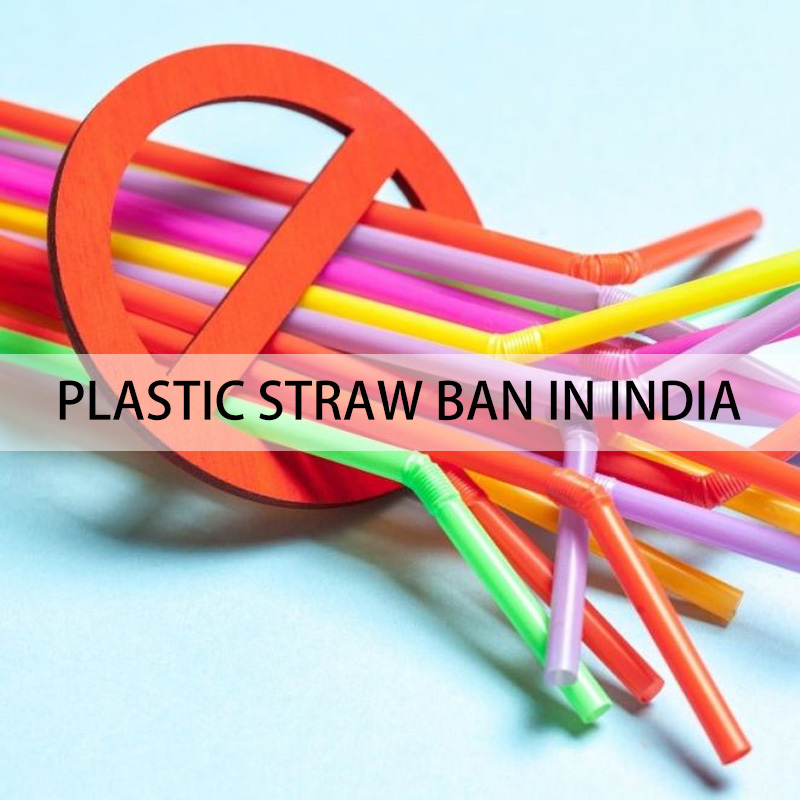 India Emerges as the Leading Manufacturer of Paper Straws Following Plastic Ban
India Emerges as the Leading Manufacturer of Paper Straws Following Plastic Ban
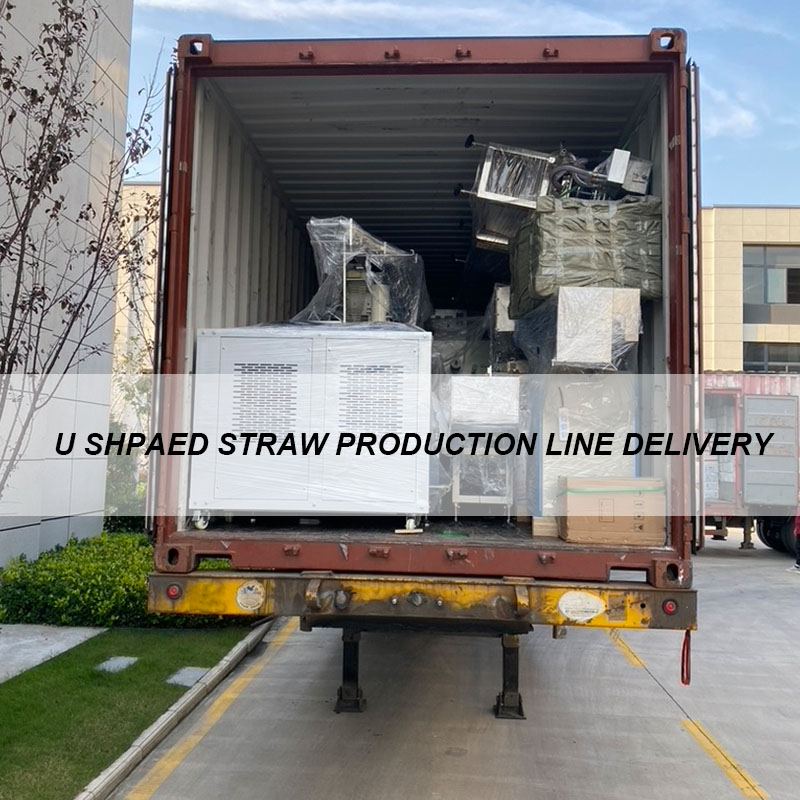 U-Shaped Straw Production Line En Route to North Africa, Promises Prosperous Business for Customer
U-Shaped Straw Production Line En Route to North Africa, Promises Prosperous Business for Customer
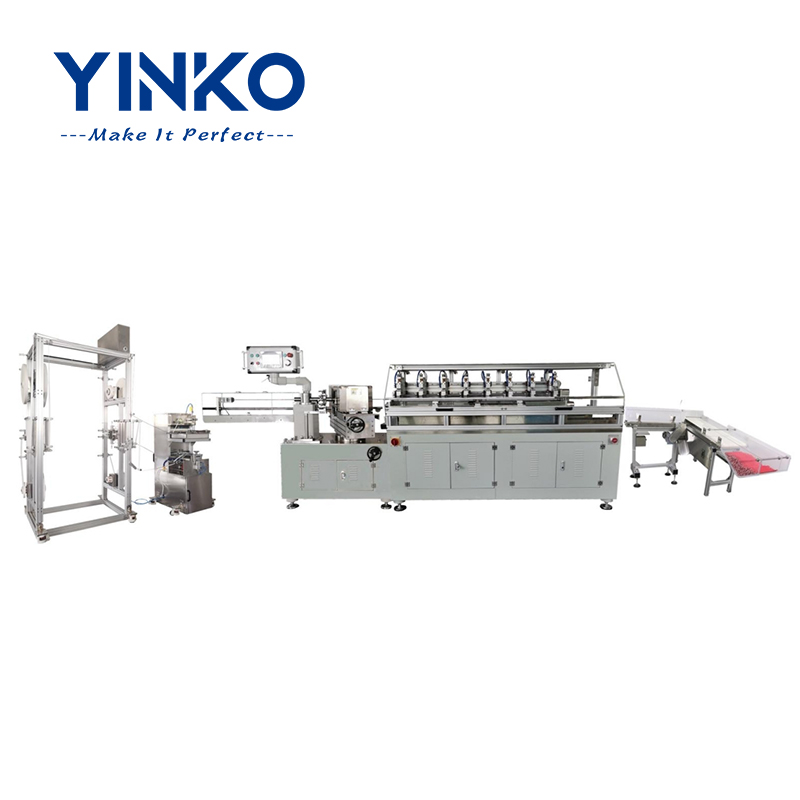 Going Beyond Plastic: Paper Straw Making Machines in the Industry
Going Beyond Plastic: Paper Straw Making Machines in the Industry